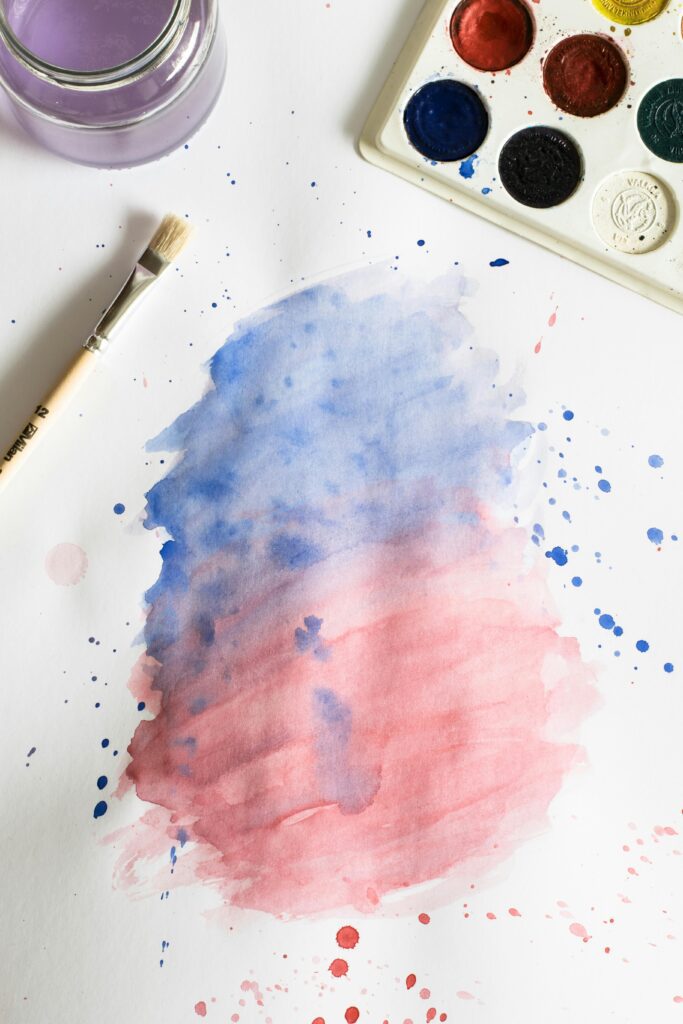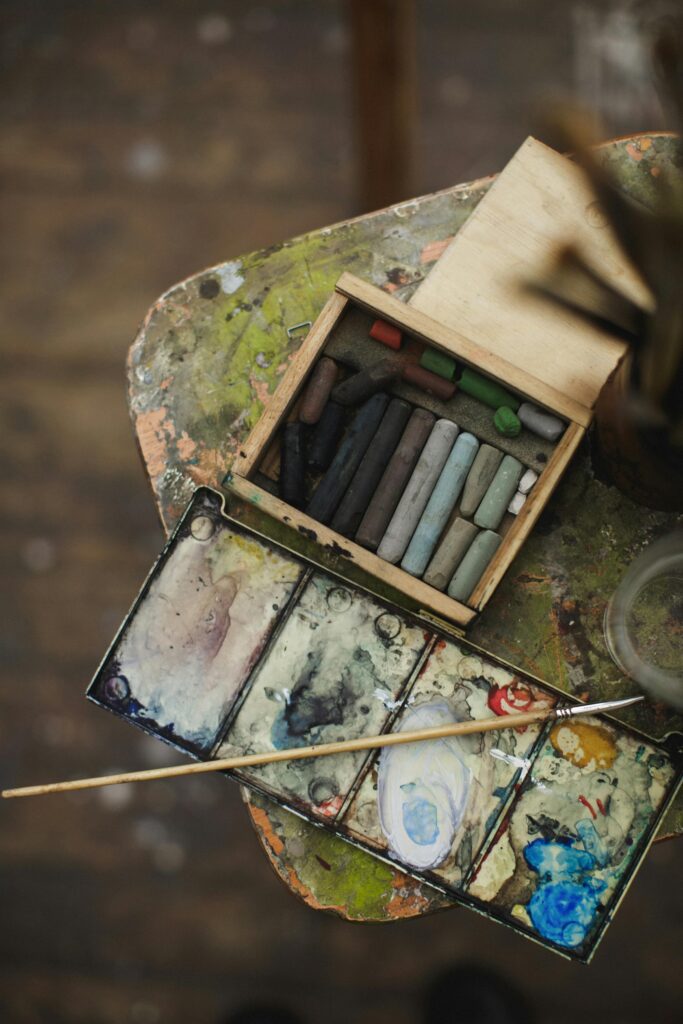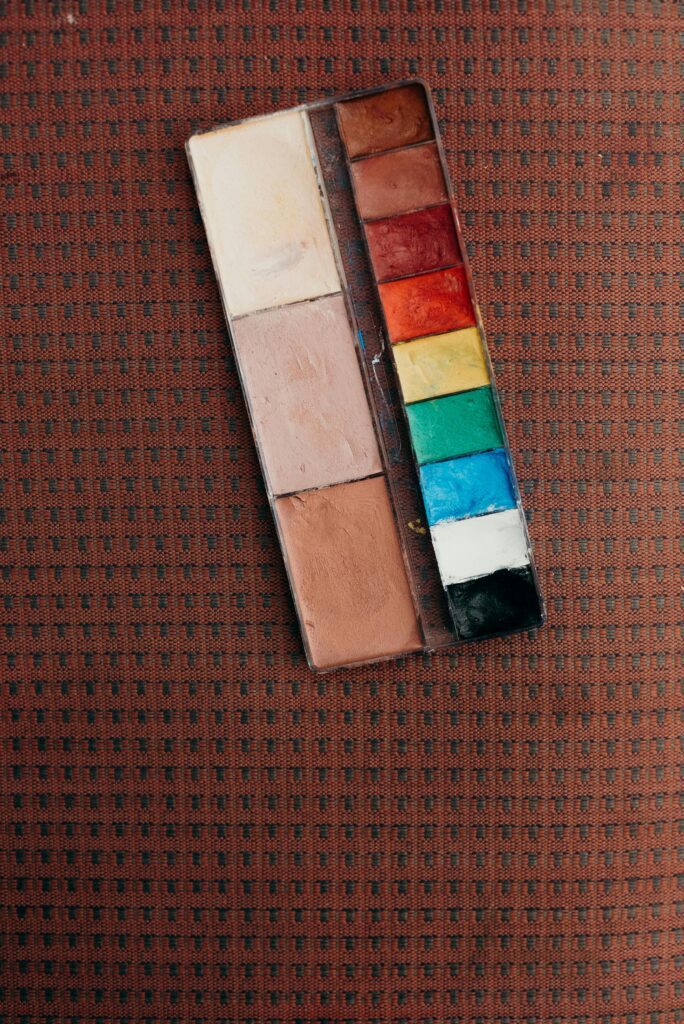The Real Reason Some Artists Get Residencies and Others Don’t

Most artists assume residencies are decided by the strength of their portfolio. And in a way, that’s true your work gets you through the first door. But once you’re inside, the conversation changes. Selection panels rarely debate whether someone can paint, sculpt, or conceptualize well. What they discuss instead are the subtler things that don’t always show up on a slide deck: clarity of thought, curiosity, adaptability, and whether your proposal feels grounded enough to actually come to life.
Panels receive hundreds of strong applications, and by the time they sit down to choose, most of the work they’re looking at is good. What they’re really trying to understand is who you are within that work. How do you think? What kind of energy do you bring into a shared space? Are you the kind of artist who listens, experiments, or folds under pressure? These things don’t show up in brushstrokes, but they do show up in the way you write, organize, and describe your ideas.
The reality is, panels aren’t just choosing artists; they’re building a temporary ecosystem. Each residency is like a short-term creative community, and the selection panel is quietly casting a group that will function well together. They’re looking for balance a mix of personalities, disciplines, and approaches that will make the space feel alive rather than chaotic.
That means your attitude, communication style, and even how you frame your project can quietly tilt the scales in or out of your favor.
It’s easy to imagine that residencies reward only prestige or novelty, but that’s rarely the case. Panels know how fragile the rhythm of a residency can be. One person’s openness can elevate the group; one person’s ego can drain it. So while the formal criteria may list “artistic excellence,” what they’re really reading between the lines for is compatibility, curiosity, and readiness. They want artists who know what they’re doing, but also know how to keep learning.
Understanding how panels truly evaluate applicants changes how you approach the entire process. It helps you stop guessing what they “want to hear” and instead focus on what’s actually useful for them to know. You start writing less to impress and more to communicate. You stop overexplaining your past and start showing how you think, how you evolve, and how your presence would enrich the residency’s environment.
This guide unpacks what happens once the panel moves beyond your images what they discuss, what details make them pause in interest, and what kinds of applications quietly stand out.
You’ll see how clarity, self-awareness, and a grounded sense of curiosity make your work not just visible, but understandable in the context of a residency. Because when a panel can easily imagine you thriving in their space, that’s when your name moves from the list of contenders to the final shortlist.

They Notice If You Actually Know Why You’re Applying
You’d be surprised how many applications read like they could’ve been sent to any residency on earth. Panels can spot that instantly. They’re not looking for a poetic essay, they’re looking for a clear, grounded sense of why this place and this time make sense for you. When your motivation feels vague, it signals that you haven’t really thought about what you want to get out of the experience.
A strong application doesn’t have to sound grand or overly ambitious. It just has to feel real. Maybe you’re craving a period of isolation to refocus your work, or you want to experiment with materials only that location provides. When you say it plainly, it clicks. The panel thinks, “Okay, this person gets it.”
What they’re quietly assessing is how aligned your goals are with what they actually offer. If the residency is research-heavy and your statement focuses entirely on production, it feels mismatched. That doesn’t mean your project isn’t good it just means you’re asking the wrong place for support.
A simple way to test your clarity is to imagine someone on the panel explaining your proposal in one sentence. If they’d struggle to describe it, you probably need to tighten your focus. They’re not trying to decode your art; they’re trying to understand your intent.
Panels appreciate artists who know why they’re there. It shows awareness, respect for the opportunity, and confidence in your direction. That doesn’t mean you have to sound like you have it all figured out curiosity works, too but it needs to sound intentional.
So before you hit submit, reread your statement and ask yourself: “Would this still make sense if I swapped the residency name?” If the answer’s yes, rewrite it. That one edit can completely change how your application lands.
They Read for Energy, Not Perfection
It’s tempting to think your statement needs to sound polished and formal, but panels aren’t searching for academic essays. They’re reading for voice for energy, curiosity, and authenticity. If your text feels stiff, they assume your time there might feel the same.
What gets remembered in a pile of applications isn’t flawless grammar; it’s personality. A line that sounds alive tells them who you are beyond your bio. Maybe you admit you’re exploring something that doesn’t fully make sense yet. Maybe you describe your process in a way that feels human, not rehearsed. That’s the kind of writing that makes someone lean in.
Residencies are about connection as much as creation. The panel is essentially building a short-term community. They want people who’ll contribute to the vibe artists who are curious, engaged, and open to dialogue. If your statement reads like you’re already tired of explaining your work, it won’t help your case.
Energy isn’t about enthusiasm for everything; it’s about how you show up. When you talk about your work with warmth and presence, it communicates that you’ll bring that same energy to the residency. Panels want that kind of momentum in the room.
You don’t have to overshare or perform. Just write the way you’d talk about your work to someone genuinely interested. Drop the jargon, keep the rhythm natural, and let your curiosity show.
It’s a simple truth: when your words sound alive, you feel alive to the reader. And that’s what makes a panel remember you.

They Can Tell If You Understand Context
Every residency has a rhythm, a focus, and a reason it exists. Panels aren’t just asking if you’re talented, they’re asking if you’d fit the ecosystem. That doesn’t mean conforming it means awareness. They’re looking for artists who understand where they’re applying and what kind of exchange is possible.
If the residency prioritizes local engagement, and your proposal is entirely studio-based, that’s a mismatch. If the residency is about experimentation and you’re describing a fixed production plan, it sounds rigid. They’re scanning for signs that you’ve paid attention.
Research goes a long way here. Mentioning a specific program aspect or community element that excites you shows that you didn’t just copy-paste your statement. It tells them you’ve visualized yourself there which helps them visualize you, too.
Context also includes understanding scale. If a residency runs for two weeks, proposing a five-year installation project won’t sound realistic. You’re not being judged for dreaming big, but they want to see that your goals fit the structure they can actually support.
Panelists also consider group balance. They don’t want six people doing the exact same kind of work. Showing that you bring something unique yet compatible strengthens your case.
When you show you understand context, you’re not just another applicant. You become someone who could actually belong there. And that distinction matters more than most people realize.
They Notice How You Talk About Process
Panels love process not because they’re nosy, but because process reveals thinking. They can tell if you’re reflective, adaptable, and genuinely engaged with your practice. When your statement only describes what you make, not how or why you make it, it leaves them with too little to connect to.
You don’t need to romanticize your process. Just describe it honestly. Maybe you start from sketches, from sound recordings, from archival material, or from emotion it doesn’t matter. What matters is that it feels specific and alive.
When you talk clearly about your process, you show that you’re not just making things by instinct; you’re thinking critically about your choices. That level of reflection makes a big difference when panels imagine how you’ll respond to a new environment.
If your process involves collaboration, mention what that looks like. If it’s solitary, talk about how you use time or space. These small details tell them what kind of environment helps you thrive information they actually use when deciding who fits the cohort.
A vague process section reads like you haven’t quite found your footing yet. A grounded one, even if simple, signals readiness.
So don’t just tell them what you make. Show them how you think through making it. That’s what sticks.

They Value Self-Awareness More Than Self-Promotion
One of the biggest misconceptions about applications is that you have to sound impressive. But panels are good at spotting when someone’s trying too hard. What catches their attention isn’t confidence alone; it’s perspective. Artists who can articulate where they’re at in their journey with honesty and clarity stand out more than those who sound like they’ve already arrived.
Self-awareness helps panels trust you. It shows you can handle critique, adapt to new surroundings, and work independently. Those are the things that make residencies run smoothly. No one wants to spend three weeks with someone who takes everything personally or struggles with feedback.
When you acknowledge the stage you’re in whether it’s transition, exploration, or refinement it helps them see growth potential. They don’t expect you to have all the answers. They expect you to be open to new ones.
A good test is to read your statement aloud and ask yourself, “Do I sound like I’m proving something, or sharing something?” The latter always lands better.
Panels are drawn to humility paired with insight. It’s not about underselling yourself; it’s about grounding your confidence in truth. That’s what creates trust.
And trust, more than talent, is what gets people selected.
They Pay Attention to Collaboration Cues
Even if a residency doesn’t explicitly mention “community,” most panels still think about group dynamics. They know that living or working alongside other artists can be incredible or incredibly tricky depending on the mix. So they look for subtle cues about how you might interact.
This isn’t about being a social butterfly. It’s about balance. Do you sound open to exchange? Do you seem like someone who listens as much as you speak? Those clues often come from how you describe past collaborations or shared spaces.
If you’ve worked on group projects or exhibitions, mention what you learned from the process, not just the outcome. If you’ve mostly worked alone, that’s fine too you can still describe how you adapt to shared environments. Panels don’t expect extroverts, they expect awareness.
Sometimes, what reassures them most is a sentence showing respect for others’ practices. Saying that you’re excited to “learn from different perspectives” is simple, but it lands. It shows maturity and openness, both of which are essential in communal settings.
What panels worry about most isn’t inexperience, it’s ego. If your tone feels defensive or dismissive, they hesitate. But if it feels grounded, generous, and curious, they remember you.
Residencies thrive when artists feed off each other’s energy. Showing that you understand that unspoken rule makes you the kind of person they want in the room
They Look for Adaptability, Not Just Ambition
Panels are not allergic to ambition, but they are cautious about rigidity. A bold proposal is great, but only if it feels flexible enough to live in real conditions. They know that residencies are unpredictable new spaces, new people, new rhythms and they want to know if you can adjust when things don’t go as planned.
Adaptability isn’t something you announce; it’s something that shows up in your language. When you say you “plan to explore,” “respond to the environment,” or “experiment with,” it signals openness. When you say you “will complete,” “must produce,” or “intend to finalize,” it can sound like you’ve already decided how the story ends. Panels prefer artists who leave room for the residency itself to shape the outcome.
They’re also watching for how you respond to constraints. Every program has limits time, materials, space and how you talk about those can reveal a lot. Someone who views restrictions as creative prompts feels easier to support than someone who sees them as barriers.
A good example is an artist who says, “I plan to test how my process translates within smaller spaces” instead of “I need a large studio for my work.” The first shows flexibility; the second sounds like a potential problem. It’s not about size, it’s about mindset.
Residencies are built around change sometimes external, sometimes internal. If your application shows that you not only tolerate change but grow from it, that’s a quiet green light for the panel. They know that no matter what happens, you’ll find your rhythm.
Ambition gets you noticed. Adaptability gets you selected.

They Notice Consistency Between Your Work and Your Words
One of the biggest red flags for any panel is when the tone of your application doesn’t match your portfolio. You can sense it instantly a wildly poetic statement paired with safe, conventional work, or an experimental body of art paired with an overly corporate proposal. The disconnect makes it hard to tell which version of you is real.
Panels don’t expect perfection, but they crave coherence. They want to feel that your writing and your work come from the same person, the same creative logic. If your portfolio feels calm, but your statement reads like chaos, they start wondering which side they’d get if you were accepted.
This doesn’t mean you should write like your work looks. It just means your words should feel authentic to your practice. If your art is quiet and reflective, your statement can be clear and measured. If your work is layered and conceptual, your text can show that complexity as long as it still feels accessible.
Consistency tells panels that you know yourself as an artist. It shows alignment, maturity, and honesty. It makes them trust that the person they select is the same one who’ll arrive on-site.
If you’re unsure, try reading your statement next to your images. Do they speak the same language? If not, one of them needs editing. And nine times out of ten, it’s the text that needs to calm down or simplify.
The best applications feel like one voice speaking through different mediums visual and written. That’s what panels remember.
If you’re ready to take your art career seriously, beyond just “making” and into “showing” and “selling”, check out the free download How to Pitch to Galleries + Email Template. This step-by-step guide gives you a ready-to-use email structure that helps you introduce yourself and your work with clarity, select gallery-worthy images, craft a compelling subject line, and follow up professionally. Whether you’ve been emailing galleries for years or you’re just about to send your first pitch, this tool takes the guesswork out of the process and gives you structure, confidence and impact.
They Can Tell When You’ve Thought About Impact
Residencies aren’t just about what you’ll gain; they’re also about what you’ll leave behind ideas, connections, insights, traces of conversation. Panels often ask themselves, “What will this artist contribute to the environment?” Not in a transactional sense, but in the spirit of exchange.
If your proposal only focuses on personal benefits time, space, funding it can feel one-sided. But when you mention how your project might intersect with the place, people, or even future cohorts, it shifts the tone entirely. It tells them you see yourself as part of something bigger.
This doesn’t have to be grand. Maybe you plan to share a casual open studio, offer a talk about your process, or leave behind documentation others can learn from. Even small gestures show an awareness of reciprocity.
Panels know not everyone will produce something monumental. They’re not grading output, they’re sensing intention. They want residents who will bring presence, curiosity, and generosity not just take the time and run.
When you think about impact, think in layers: personal growth, community interaction, and artistic contribution. You don’t have to cover all three, but touching one sincerely makes your proposal stronger.
Residencies remember artists who gave something meaningful, not just those who made something impressive. Panels are trying to spot that potential early.
They Watch for How You Frame Growth
Panels don’t expect fully formed artists. In fact, they often prefer those still in motion. What they pay attention to is how you talk about growth whether it sounds forced, passive, or intentional. Saying you “hope to grow” is fine; explaining where you want to grow shows depth.
Growth doesn’t always mean technical skill. It can mean deepening your research, taking creative risks, or finding a new rhythm in your practice. When you describe this kind of evolution, it shows the panel you’re reflective and active about your trajectory.
The trick is to avoid overpromising. If you make it sound like the residency will “change your life,” it risks sounding naïve. Panels prefer when growth sounds tangible, not dramatic. “I want to refine my understanding of material narratives” or “experiment with how environment shapes my imagery” are the kinds of statements that feel authentic and thoughtful.
They also read for agency. Growth that depends entirely on external validation sounds passive. Growth that emerges from curiosity sounds powerful. So frame it as a dialogue, not a rescue.
Panels want to support artists who see growth as part of the process, not the prize at the end. When you can express that, you come across as self-driven, open, and resilient qualities that residencies thrive on.
Remember, the best kind of growth doesn’t happen because a residency transforms you; it happens because you make good use of it.
They Read for Writing Quality (But Not Grammar)
Here’s the part most artists underestimate: your writing doesn’t have to be literary, but it does have to feel readable. Panels are often going through dozens of applications at once, and when they hit one that’s clear, direct, and human, it’s like a breath of fresh air.
They’re not counting commas or hunting typos. They’re reading for flow and tone. Does your text make sense without needing to be deciphered? Does it sound like a person, not a press release? If so, you’re already ahead.
What hurts applications most is dense, academic phrasing. Overly abstract statements create distance, and panels don’t have time to decode your meaning. Simplicity doesn’t make your work sound less intelligent; it makes it accessible and accessibility shows confidence.
One practical trick is to read your statement aloud. If it feels unnatural to say, it’ll feel unnatural to read. Another is to imagine explaining your proposal to a friend in another field. If they’d get it, you’re on the right track.
Good writing is not about “selling” your work; it’s about communicating it clearly enough for others to understand and care. When panels can visualize your project and sense your personality through your words, your application automatically rises in the pile.
At the end of the day, clear writing doesn’t make your work simpler it makes it visible.
They’re Looking for a Spark of Curiosity
There’s a particular kind of artist panels remember the one whose curiosity feels alive. Not the kind that’s forced into statements like “I’m deeply fascinated by…,” but the kind that hums naturally through their words. You can sense it in how they ask questions, connect ideas, or describe uncertainty without fear.
Curiosity tells panels you’ll be engaged in the experience, not just present. It shows that you’ll explore the unknown instead of trying to control it. That kind of mindset makes you adaptable, collaborative, and endlessly interesting to work with.
When you write about what draws you to the residency, let your curiosity lead. What are you genuinely wondering about? What would you like to test, feel, or understand differently? Those specifics are what panels remember.
They don’t want answers. They want artists who are still asking something.
A curious artist is also a generous one. They listen more, share more, and create energy that lifts everyone around them. That’s what every good panel is hoping to curate: not just art, but an atmosphere.
If your proposal leaves them thinking, “I’d love to see what this person discovers,” you’ve already done half the work.
